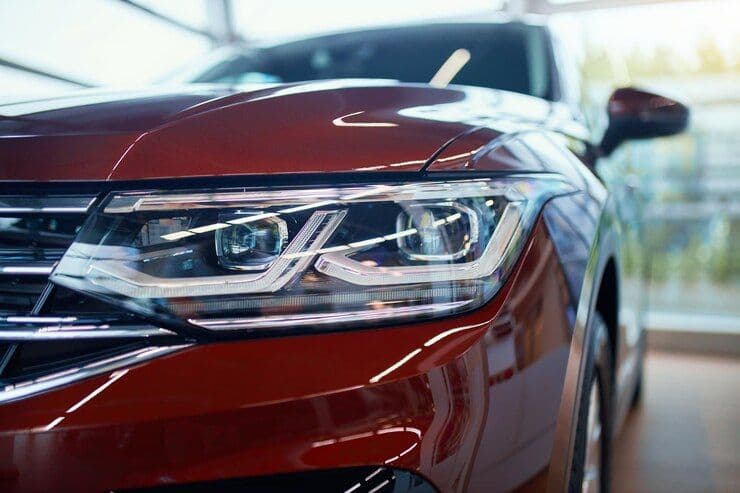Exploring the Role of Color in Car Design: Trends and Predictions for the Next Decade
Color is not just a matter of aesthetics in car design; it's a reflection of cultural shifts, technological advancements, and environmental concerns. As we move into the next decade, the role of color in automotive design is set to evolve in exciting ways. This article delves into the current trends in car colors, the influence of color on car design, and predictions for the future.
The Influence of Color in Car Design
Color plays a pivotal role in the automotive industry, influencing consumer preferences, safety considerations, and even the resale value of a vehicle. It's a powerful tool for brand differentiation and can significantly impact a buyer's decision. Beyond personal taste, color choices in cars often reflect broader societal trends, such as environmental awareness or technological innovation.
Current Trends in Car Colors
1. Neutral Dominance
Currently, neutral colors like white, black, gray, and silver continue to dominate the market. These colors are popular for their timeless appeal and ease of maintenance. White, in particular, has been the top choice worldwide, symbolizing modernity and simplicity.
2. Rise of Blue
Blue is emerging as a favorite among consumers, reflecting a growing desire for calmness, stability, and trust. Various shades of blue, from light sky tones to deep navy, are becoming more prevalent, especially in electric and hybrid vehicles.
3. Eco-friendly and Natural Hues
With an increasing focus on sustainability, colors that evoke a sense of nature and environmental consciousness are gaining traction. Greens, browns, and earth tones are slowly making their way into the automotive palette, symbolizing the industry's shift towards eco-friendliness.
Predictions for the Next Decade
1. Bold and Expressive Colors
As individual expression becomes more valued, expect to see a broader spectrum of bold and vibrant colors. Bright yellows, oranges, and even neon colors may become more common, allowing consumers to make a personal statement.
2. High-Tech Metallics and Pearlescents
Advancements in paint technology will bring more complex finishes into the mainstream. Metallics with a deeper luster and pearlescent paints that shift color under different lighting conditions will likely become more popular, reflecting the high-tech nature of modern vehicles.
3. Sustainable Paints
Sustainability will not only influence color choices but also the materials and processes used in automotive paint. Bio-based paints and coatings that reduce environmental impact will become more prevalent, aligning with the industry's overall move towards sustainability.
4. Personalization and Customization
With advancements in paint technology, offering personalized color options will become more feasible for manufacturers. This could lead to a more diverse and customized range of colors available to consumers, further allowing for individual expression through vehicle color.
Conclusion
The next decade promises exciting developments in the role of color in car design. As societal values and technological capabilities evolve, so too will the colors we see on the road. From bold expressions of individuality to advancements in sustainable materials, the future of car colors is bright and diverse. Whether you're in the market for a new car or simply a car enthusiast, keeping an eye on these trends will offer fascinating insights into the direction of automotive design and consumer preferences.
